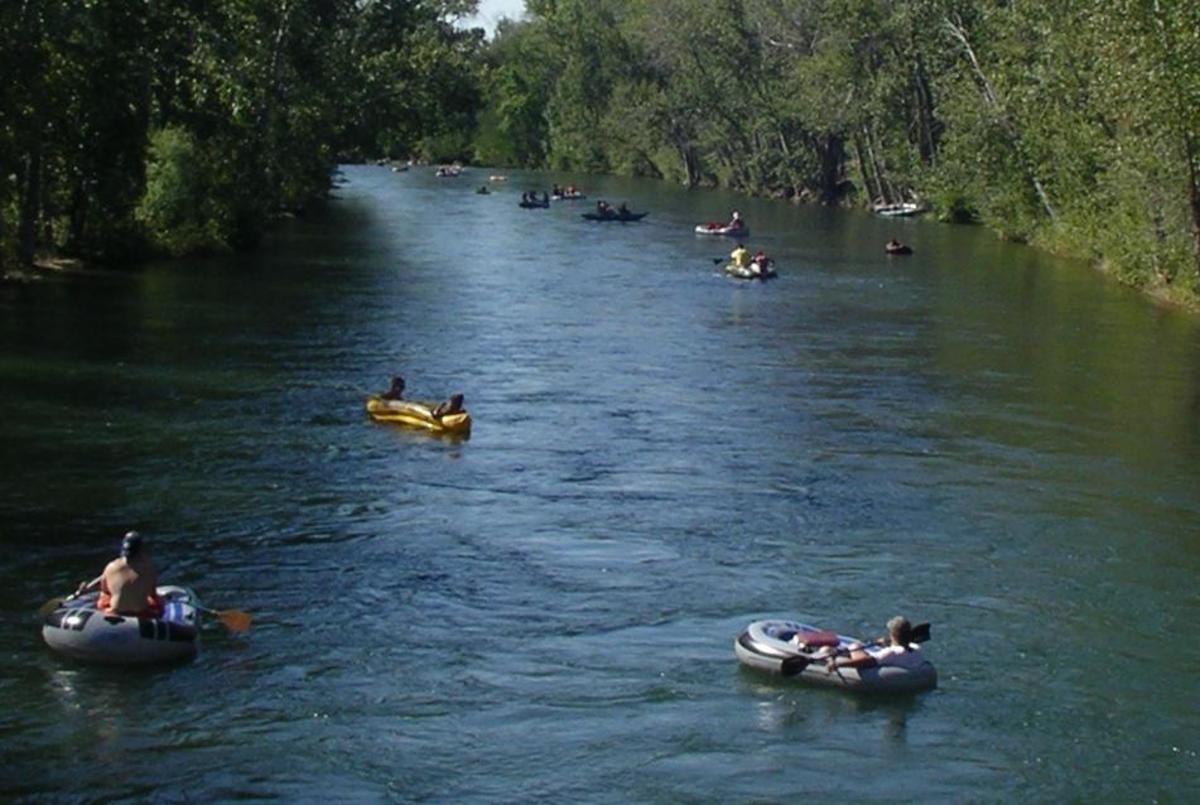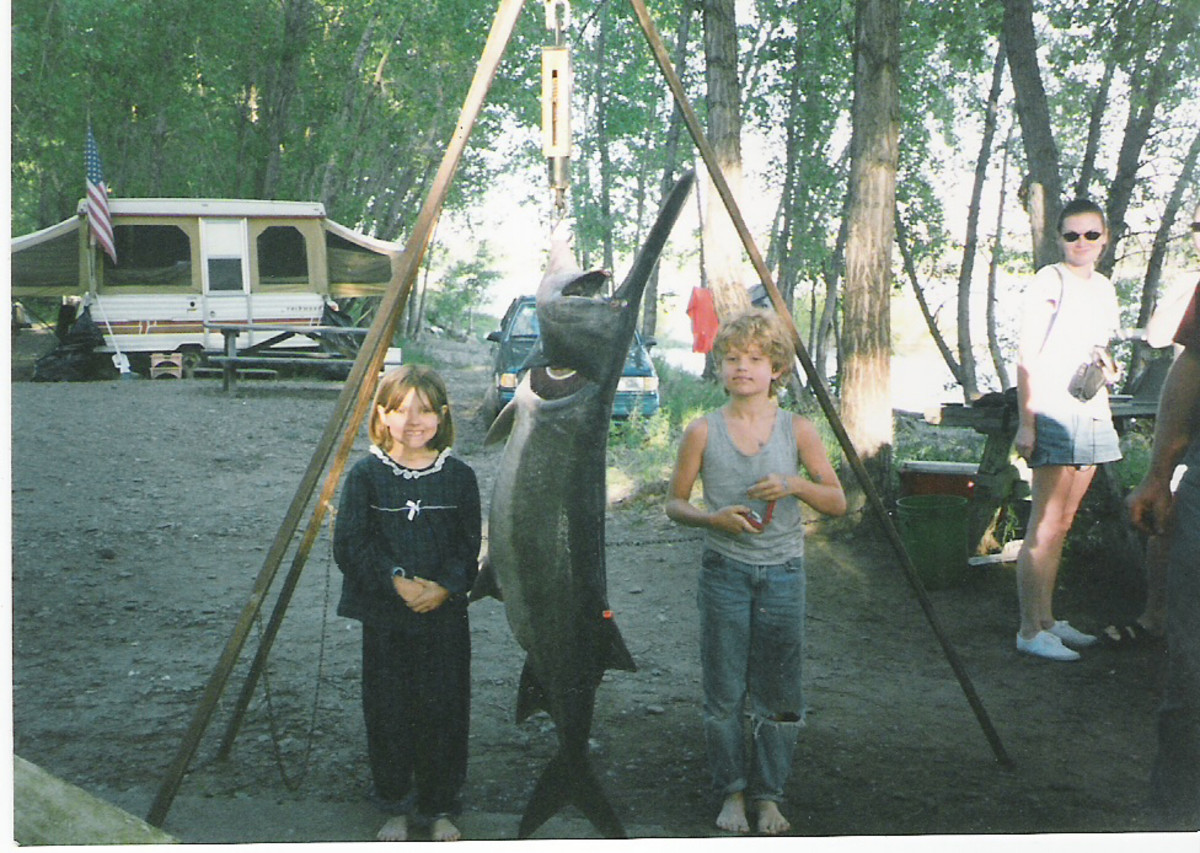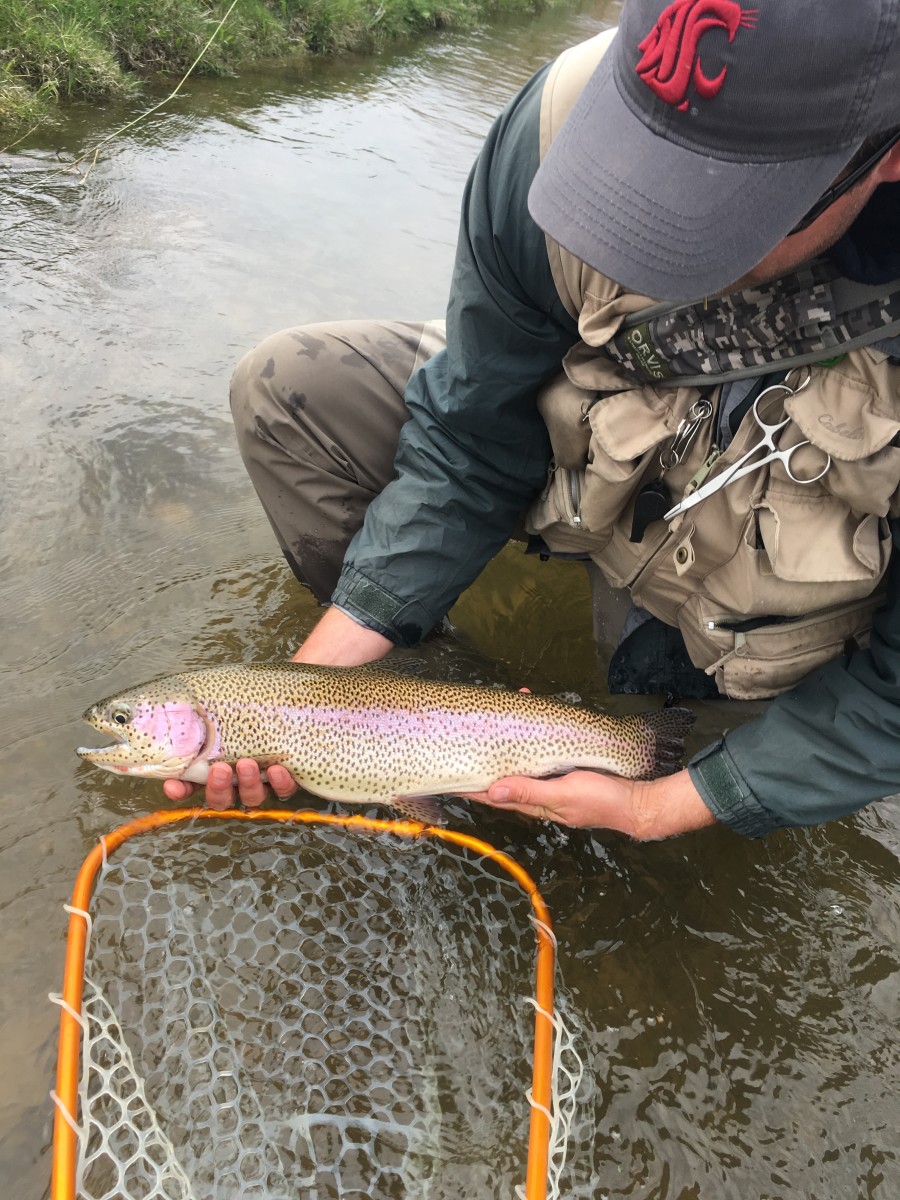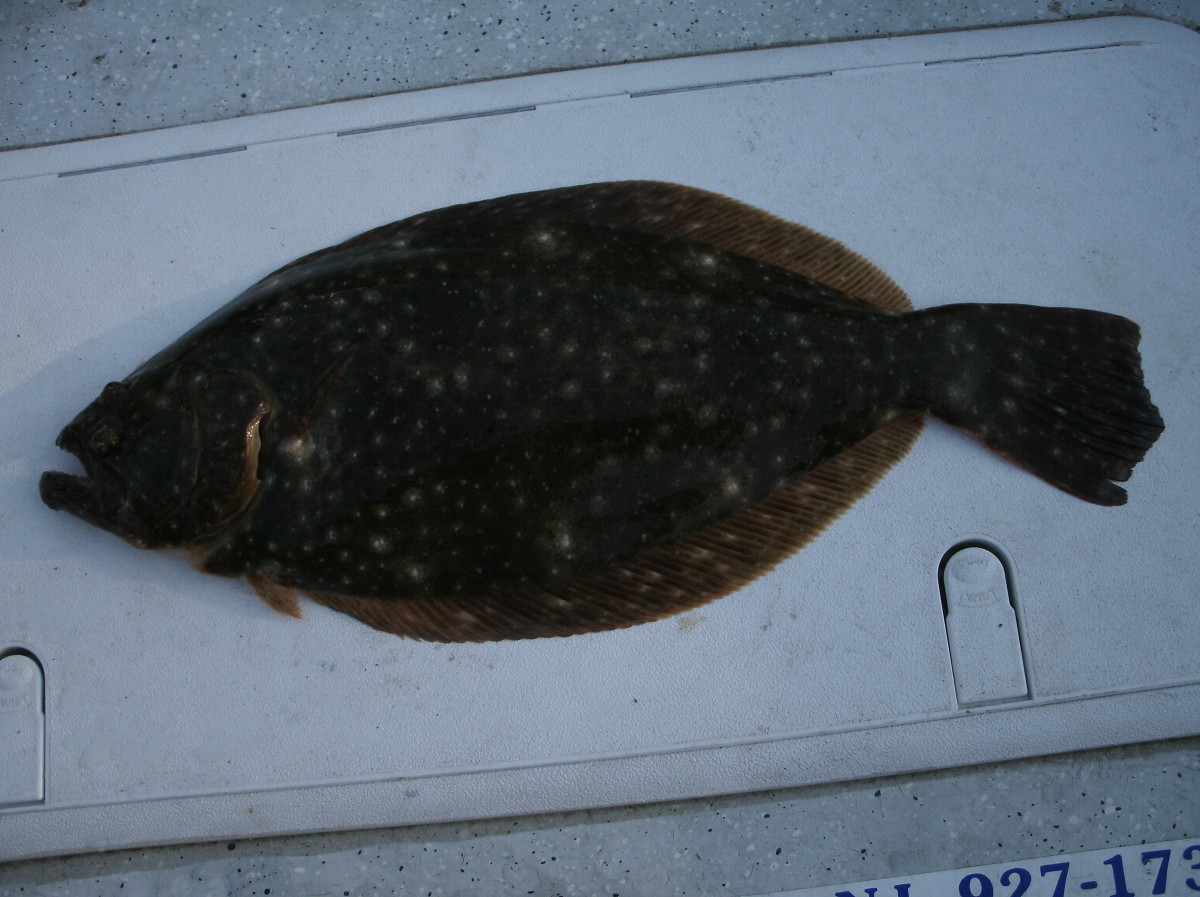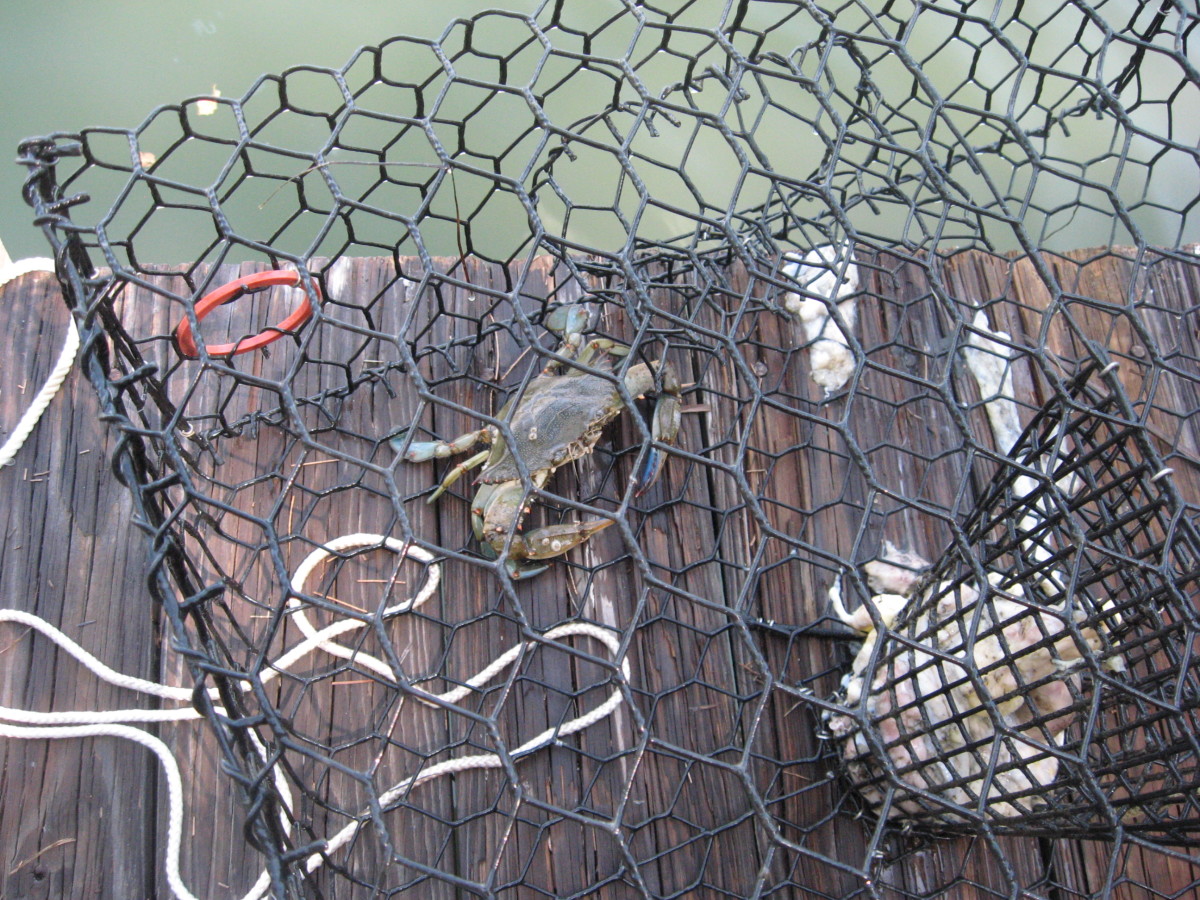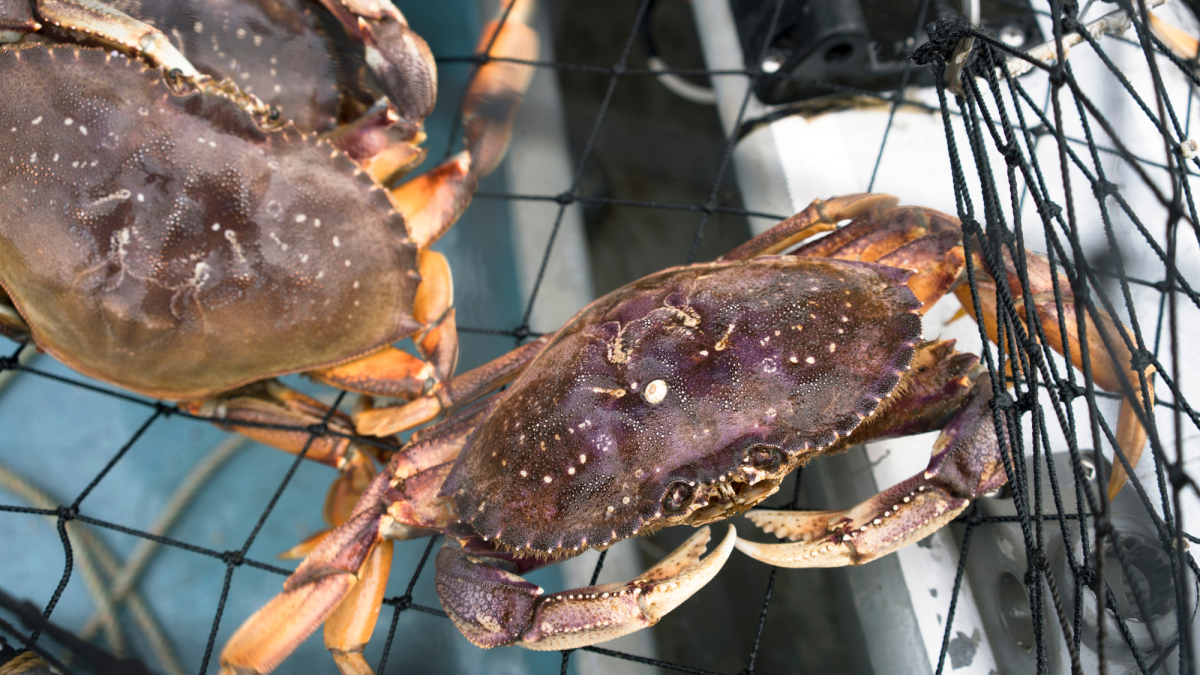Spring Training: Reading the Water
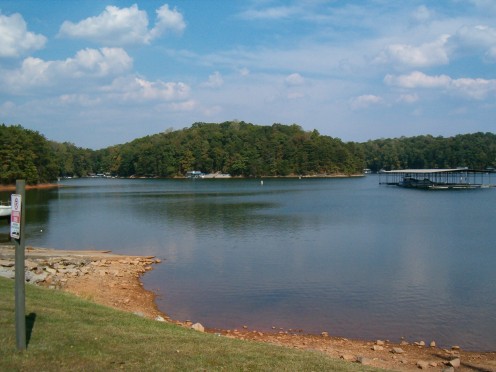
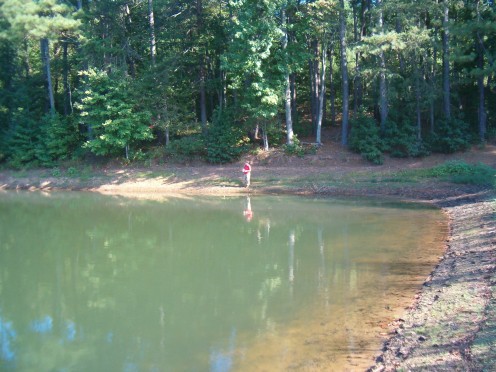
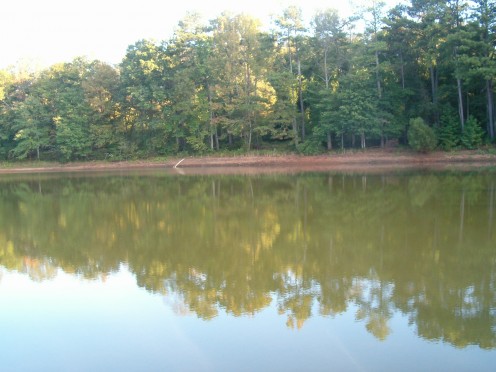
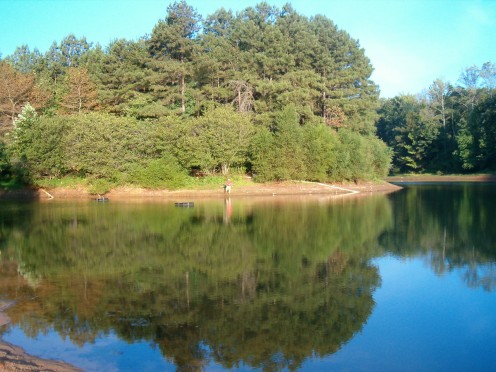

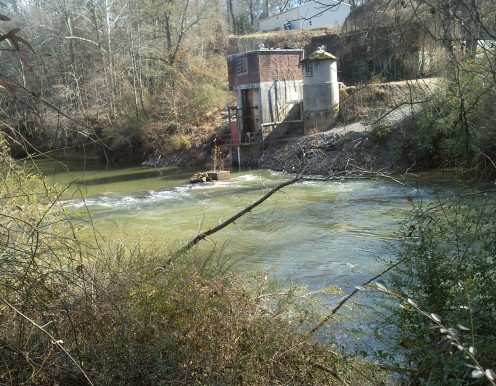
If you are a baseball fan, you know that spring training is just around the corner, and the regular season will start soon afterwards. If you are an avid fisherman as I am, our “spring training” is now.
As I walked along the banks of the Lulawissie River yesterday, I noticed some great fishing spots that had changed for the better since last fall. There were some new eddies and pools where there weren’t any before, and had the weather and water temp been a little warmer, I may have dropped a line to old Mr. Bass.
“Reading the water” is something that my dad taught me at a young age. My dad was the consummate fisherman. Though he was a hard working railroader and cabinet maker with a 2 year college degree, he was also a very methodical and patient man. He grew up in the 1920’s on the family farm in Missouri, fishing the Gasconade River and Linn Creek almost daily. We have fished together all over the U.S. and Southern Canada, and up and down the Pacific Coast from Canada to Mexico. Every trip I took with the man was a learning experience.
The art of reading water is a simple idea, yet a complex practice. The idea is to watch the water’s flow, each ripple, each swirl and see where it goes. You use this information to try to imagine what the topography of the lake or river is underneath the water’s surface, thus highlighting where the fish may be lying. But you can’t start reading the water by looking at the water. You have to look at the surrounding land first.
Lakes and Ponds
Make a mental note on how the land enters the water. Is it a smooth gradual slope or is it a sharp drop off? Fish are more likely to be close to shore at a sharp drop off, and the water is generally deeper than you would expect. Are there any trees or rocky overhangs? These will provide a lot of shade and protective cover. Fish are likely to be under these coverings most of the day unless there is direct sunlight on it. It depends on the time of year. If the water is cooler than normal, then you will find a lot of fish enjoying the warmth of the sunny water.
A gradual slope will allow the fish to stay a ways away from the water’s edge and still let them enjoy the warmth of the sun. This is particularly true in the early spring, when the water is still cool and clear. In the early morning you will find a lot of fish in the shallows feeding on the smaller yearlings, newly awakened frogs and crawfish and whatever insects decide to buzz to close to the water.
Try to find the current flow of the lake or pond. Despite the stillness of the water, every lake or pond has a current, though it is a subtle one. Toss a floating lure out about 10 feet and just watch it. Leave plenty of slack so it can move freely. It will generally follow the surface current. If the water is clear enough to see the bottom (even at 2 or 3 feet), try to see which way the debris is moving. Why is the current of such importance? Because the fish always depend on the current to bring them food. A fish will always face in the direction of the current when hunting for food, so even if you don’t see a visible current, look for even the smallest minnow and see which way he is facing.
Each lake or pond has many layers of currents which can change repeatedly throughout the day. As the temperature of the water changes, so do the currents. The surface current could be running east to west while the bottom or mid-range currents could be running north and south. If there is a tributary that feeds the lake or pond, then that will create a current all of its own. But rest assured that where the tributary comes in, there will be fish waiting at the confluence to gobble up whatever the stream brings in.
Look for peninsulas and rocky points. The peninsulas generally create eddies in the current, another hot spot. Rocky points hold a lot of cover for smaller fish, crayfish and aquatic insects. Take advantage these places as often as possible, but keep in mind that these areas may be overfished.
Creeks, Streams and Rivers
A whole book can be written on rivers and streams alone. There are a zillion ways to fish a stream, river or creek and each one of them is usually good depending on conditions. One thing to keep in mind is where you are. Most rivers and streams wind through desolate areas and are frequented by snakes and other wild animals. I once fished the Van Duzen River in Northern California only to look up and see that I was competing with a bear for the salmon I was catching. I graciously abandoned my spot to the bear.
Creeks(by my definition) are generally small, but have deep pools. The most common thing to catch in the average mountain creek would be bream, small bass, catfish and maybe a carp or suckerfish. These can all be fun, are all edible and you can even have a thrill catching the carp or suckerfish. The streams are also a great place to seine for crawdads and baitfish such as shad and shiner minnow.
Streams are a little bigger, usually wider and shallower. They are generally rocky and have a lot of ripples and even some rapids. Follow the opposite shoreline on these, as the fish will be where you aren’t. The shallowness of the streams allows the fish to see you coming long before you see them. Look for eddies that swirl around after a set of rapids. If the eddy swirls quietly into a deeper area, that’s where you want to fish, but again, keep in mind that you have to do this from a distance or from behind some sort of cover.
Your quarry will also lie out in the middle beyond a set of rapids or ripples. Again, they will be lying in wait, facing the current for your bait or lure to come rolling over the rocks. If you are a bait fisherman, using worms, crickets or the like, the fish may bite so lightly that will not feel it. I have lost a lot of bait this way, and it helps to feed the bait out while using a slow retrieve to keep some tension on the line. Fly fishing is optimally the best method for fishing this type of stream. At ay rate, the best way to fish these spots is to get in the water with the fish, standing about knee deep in the water, casting away and upstream from you and letting the bait or lure run with the current. Keep an eye on the slack, because a suddenly tightened line may indicate a fish on.
While wading, kick over a few stones along the bottom. This will send any underwater aquatic critters downstream to the fish and it will entice them to feed more vigorously.
River fishing is a whole ‘nother thing. Usually rivers are wide, slow moving and deep. These can be dangerous to the unwitting fisherman, whether fishing from shore or from a boat. The slow moving current may be deceiving, because even though the current is slow, it is usually very strong, with the strength of it staying steady regardless of the depth.
Underwater structures and holes can cause a lot of turmoil up on the surface of the water. Underwater features can create eddies and much more dangerously, whirlpools. Fishing out in the middle of a large river such as the Missouri or Mississippi Rivers is dangerous unless you are absolutely skilled at what you are doing. It is almost futile to try to fish these areas unless you have a specific quarry such as huge catfish or sturgeon. Large rivers usually have islands up and down their channel which can afford a boater some great fishing.
But again, reading the water of the big rivers is just as important as doing so on a smaller body of water. While you are fishing, or even while you are just studying the water, watch each piece of driftwood or debris as it floats down the channel. Does it spin clockwise in one spot, and counter clockwise in another? Does it disappear for a few seconds and then pop back up down river? These are all signs of underwater structure. Properly reading the water can get you more fish, and on the big rivers, it can possibly save your life!
For an example, let’s look at the Mississippi River at Hannibal, Mo. On the Missouri side, the water is deep and a little stained and muddy. But if you cross over the bridge to the Illinois side, the water will be clear and beach like. If I was going to fish for catfish all night, I would fish on the Illinois side, because most fish will move into shallow water at night to feed.
But other than the hazards of swift water in the deep river channel, you can pretty much treat a large river as a pond or lake with a strong current. The shoreline structure and topography will conceal fish and afford them cover much the same way, while the current will constantly provide them with a supply of food. Fish the rivers with the same finesse as you would a stream, but treat it with respect as you would any deep water fishing spot.
There are not too many big rivers down here near Lulawissie, maybe the Chattahoochee, Tallahatchie or even smaller rivers like the Etowah and the Lulawissie Rivers. All are navigable by boat and all offer some great fishing.
Some sporting good stores offer topographical maps of major lakes and rivers. These are beneficial in helping to locate underwater structure. If you ever have the opportunity to learn of a lake or pond being drained then refilled, take some pictures of the basin, as many as you can from as many angles as you can. These pictures will help you later on when you are fishing. You will have a “heads up” on the underwater topography.
Good Luck!
Copyright 2011 by Del Banks

